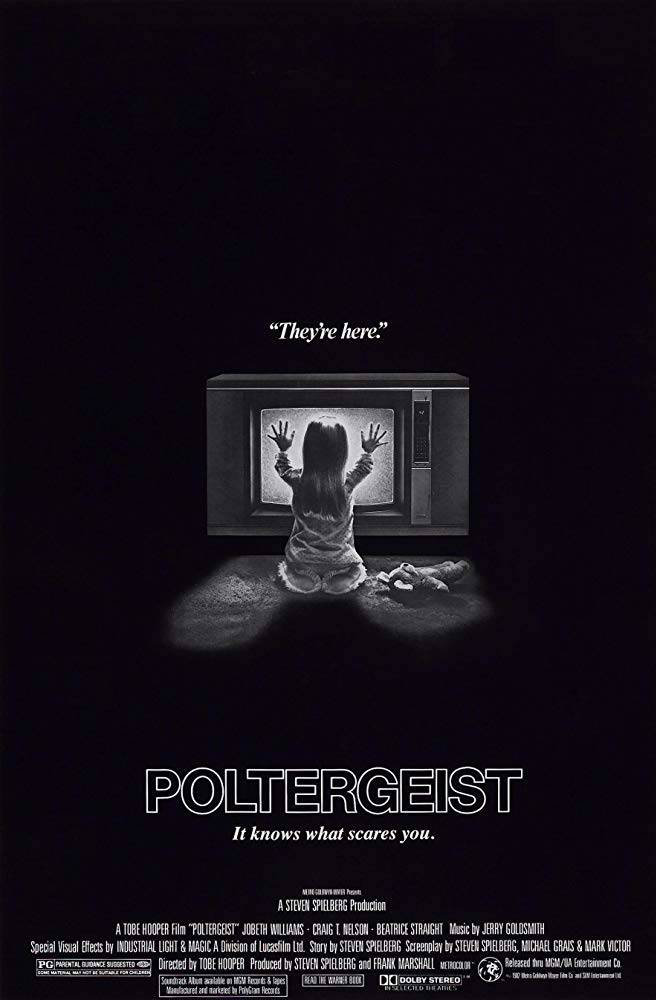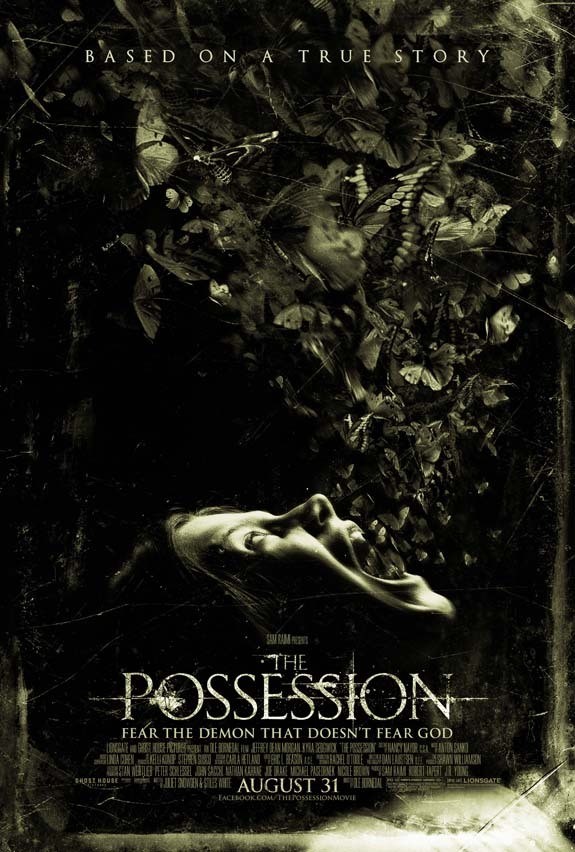This summer finally sees the release of the latest entry in a surprisingly successful cinematic franchise.
No, I’m not talking about Loki, or Black Widow, or any part of the Marvel Cinematic Universe. I’m talking about The Conjuring universe, which stretches to nine films with The Conjuring: The Devil Made Me Do It. The Conjuring franchise succeeds where so many other cinematic universes have failed not just because of their strong filmmaking and compelling performances. Many people love the Conjuring films because they tell true ghost stories.
Based on the case files of ghost hunters Ed & Lorraine Warren (portrayed by Patrick Wilson and Vera Farmiga), the Conjuring movies are part of Americans’ long history of fascination with real-world hauntings and paranormal experiences. But before they were blockbuster films, these stories were successful books, which captured victims’ encounters with the mystical in the written word.
If you just can’t get enough of real-world hauntings, here are ten other collections, sure to keep you up at night.
The Haunted House – Walter Hubbell
One of the earliest non-fiction haunting novels, The Haunted House set the standard for the genre. Published in 1879 and written by actor/amateur sleuth Walter Hubbell, The Haunted House adapts a diary kept by the author during a summer spent in the Teed House in Nova Scotia, Canada. Hubbell was drawn to the location after learning about teenager Esther Cox, who began undergoing unexplainable phenomena after escaping sexual assault. Even before Hubbell arrived in the town, local witnesses saw the moving furniture and threatening messages left by malevolent forces. The novel captures all these details, which served as the basis of a lecture tour Cox embarked upon after finally escaping the ghosts’ thrall.
The Amityville Horror – Jay Anson
Ghost stories have been around longer than the United States itself. But the modern American version starts with The Amityville Horror. Not only did the story launch one of the longest-running film franchises, but it set the standard for 20th century haunted house stories. The book follows the 28 days in which the Lutz family stayed in their Long Island house on 112 Ocean Drive. A year earlier, young Ronald DeFeo Jr. murdered six members of his family, reportedly driven to act by demonic voices. Combining strong reportage with powerful prose, Anson brings the reader into the horror that the Lutzes endured during their month of dread.
The Haunted – Robert Curran
When Jack and Janet Smurl moved into their new Pennsylvania home in the summer of 1986, they expected a few pests. But nothing could have prepared them for the demon occupying the house since 1974. Written by journalist Robert Curran and based on case notes from the Warrens, who were called upon to investigate the house, The Haunted is one of the classics of true American ghost stories, rivaled only by The Amityville Horror. Curran captures in vivid detail the Smurl’s harrowing experiences, from the ghastly smells that filled the house to the inexplicable pounding they had to endure.
The World of Lore: Dreadful Places – Aaron Mahnke
Started as a mere experiment in marketing, the podcast Lore by Aaron Mahnke quickly grew into a sensation, spawning two television series and several books. In many ways, the show’s success is no surprise, as Mahnke does diligent research to bridge the gap between creepy folklore and true facts, often revealing that actual history is far more terrifying than anyone could make up. The World of Lore collects some of the best stories that Mahnke has uncovered, from hauntings in Colorado’s Stanley Hotel, the same place that inspired the Overlook Hotel in the Stephen King classic The Shining, to specters floating along the streets of New Orleans.
The Demon of Brownsville Road – Bob Cranmer and Erica Manfred
When Bob and Lesa Cranmer got a deal on their Pittsburgh dreamhouse, they thought it was just a stroke of good luck. The previous owners were ready to sell and accepted Bob’s lowball offer with no more negotiation. But shortly after the Cranmers moved in with their four children, they understood why the previous owners wanted to leave. Paranormal instances of lights turning on themselves developed into full-on mental attacks on members of the family, forcing them to reach out for help from the Catholic Church. Working with editor Erica Manfred, Bob Cranmer talks not only about his family’s ordeal but traces the evil through the years to 18th-century violence. The Demon of Brownsville Road is available at Horror Hub Marketplace.
Graveyard: True Hauntings from an Old New England Cemetery – Ed Warren
“White Ladies” are one of the most popular genres of true ghost stories, tales about mysterious female figures who float along with fringe spaces in shimmering white clothes. In Graveyard, Ed Warren retells his own confrontations with a White Lady ghost who haunted Connecticut’s Union Cemetery. Although we can no longer see that footage that Warren claims to have shot of the Union Cemetery White Lady, we can read his detailed account of the events.
Horror in the Heartland – Kevin McQueen
When one thinks of American horror, it’s usually the deep south or New England that leaps to mind. But in this academic book for Indiana University Press, Dr. Keven McQueen uncovers hauntings in the Midwest. Moving through states better known for their football teams and auto factories, McQueen describes spectral sightings in Wisconsin and unexplained phenomena in Ohio. Well-researched and thoroughly enjoyable, Horror in the Heartland reminds us that mysterious spirits can manifest anywhere.
The Uninvited – Steven LaChance
Many of the books on this list come from ghostwriters or reporters who collected accounts of hauntings from the victims. But with The Uninvited, Steven LaChance shares his encounter with the supernatural. Told from a visceral and immediate first-person perspective, The Uninvited traces LaChance’s initial recognition of odd phenomena in his Union, Mississippi home to more horrific attacks, including murdered pets and even sexual assault. Although the story reads like a gripping paperback thriller, LaChance grounds it in his own life events, which only sharpens the terror.
Grave’s End – Elaine Mercado
Although undoubtedly intense, most hauntings tend to be fairly short. After all, who would stay in a haunted house for more than a month? But Grave’s End tells a different type of story, one not of escape but of endurance. Mercado relates incidents of spectral interference that happened to her and her two daughters over a thirteen-year period. Grave’s End features all the chilling detail you would expect from a ghost storybook, but it takes a unique approach, explaining how Mercado and her family found the strength to fight through the horror and make peace with the spirits surrounding them.
House of Darkness/House of Light – Andrea Perron
This list could not be complete without Andrea Perron’s House of Darkness/House of Light, published in 2011. Perron’s account served as the inspiration for The Conjuring, describing the trials endured by her family in 1970. When the Perrons moved into a Rhode Island house, they quickly become inundated by attacks from a hateful spirit called Bathsheba, who targets Andrea’s mother Carolyn. Like many of the other books on this list, the story does involve intersession from the Warrens. But the real draw is Andrea’s perspective, who tells in her own words her family’s petrifying encounters.



